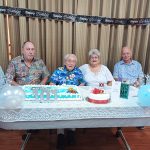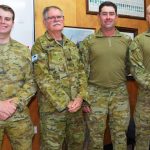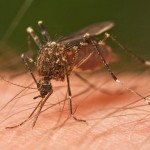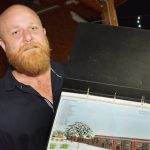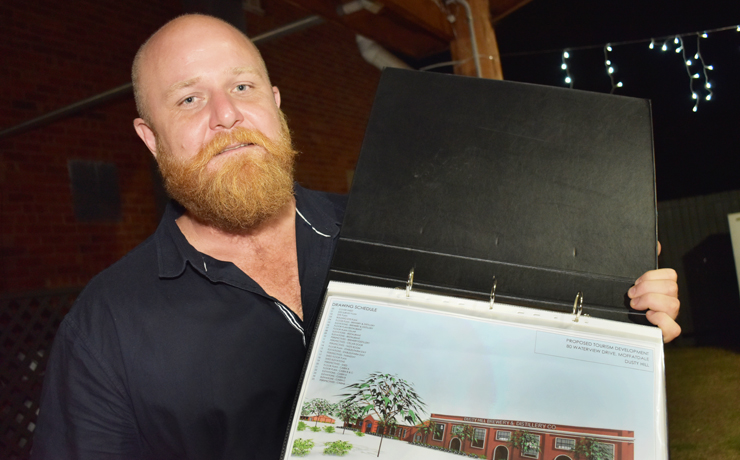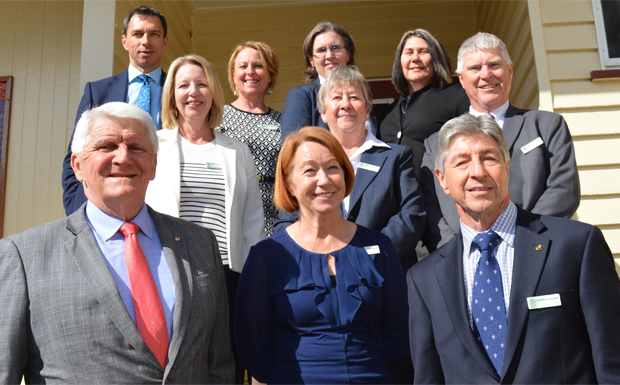
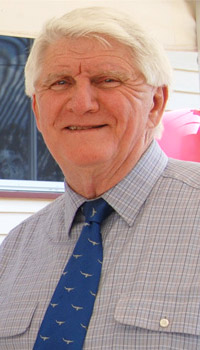
October 4, 2017
The number of patients being treated in the Darling Downs Hospital and Health Service has hit an all-time high, according to the annual report tabled in State Parliament on Friday.
But despite this, Board chairman Mike Horan said it was the second year in a row that the service – which is responsible for all South Burnett hospitals – had almost 100 per cent of all specialist outpatients and 100 per cent of elective patients seen within clinically recommended timeframes.
And all while maintaining a balanced budget.
Across the health region 82,054 people were admitted to hospital, up 5957 from 2015-16.
“It is a tribute to the hard work of our staff to cope with these increases in demand while also maintaining safe standards and achieving national benchmarks for elective surgery and emergency care waiting times,” Mr Horan said.
“BreastScreen Queensland’s Toowoomba Service had a record year with 19,037 women screened over the year, and it celebrated its 350,000th screen since the service started almost 25 years ago.
“Another area of growth was the number of telehealth consultations where patients access specialist clinical advice through a video conference session, with 36 per cent more consultations provided than last year.
“We have also had a third consecutive year of 100 per cent of oral health patients seen in less than two years for treatment.
“We are also very proud of the achievements in Indigenous health, including obtaining $1.79 million in funding under the Making Tracks Investment Strategy for nine projects to help close the health gap in our Indigenous communities.”
Mr Horan said almost $2 million a day was being spent in delivering public healthcare across the region, and more than 5000 staff were employed, making the DDHHS an important economic driver across southern Queensland.
“There has also been a comprehensive infrastructure investment program to ensure our facilities are equipped to continue to provide top-class care,” he said.
“All in all it has been a very positive year for local healthcare.”
* * *
DDHHS achievements in the South Burnett during 2016-17 (from the Annual Report) included:
Emergency Department Improvements
- Nearly $1 million of improvements to the Kingaroy Hospital Emergency Department are planned to be completed in 2017-18 to improve patient flow and safety, as well as provide additional space for consultations and two extra examination bays. The improvements will ensure that Kingaroy Hospital Emergency Department continues to maintain a high standard of care whilst the hospital redevelopment is completed.
Closing The Gap
- South Burnett Indigenous Hospital Liaison Service – In 2016-17 the rate of Indigenous admissions at Kingaroy Hospital was 22 per cent. To ensure culturally appropriate services are provided, two Indigenous Liaison Officers see every patient on admission and are involved in their inpatient stay and follow up care. This service improves the patient journey and continuity of care by implementing comprehensive gender-specific, culturally safe and co-ordinated case management and referral pathways across all entry and exit points into and out of the Kingaroy Hospital, including liaison with the Cherbourg (ATODS) Youth Program.
- South Burnett Renal Services Expansion – The objective of the expansion is to increase access to specialist renal services and delay the onset of end-stage renal disease by increasing the number of dialysis chairs available at Kingaroy and Cherbourg hospitals and implementing a nurse practitioner model of care to improve the early detection, treatment and management of Aboriginal and Torres Strait Islander people with chronic kidney disease. Achievements include a plan for the commencement of services from two renal chairs at Cherbourg Hospital, and an increased capacity for self-dialysis at Kingaroy Hospital from 12 to 18 clients.
- Cherbourg Young Parent Support Service – The service delivered comprehensive, culturally appropriate and responsive community-based support
- Early parenting care to improve infant and child health outcomes – Achievements include services provided to 129 clients for antenatal and postnatal services. From January 1 to June 30, 2017, 92 per cent of babies born to mothers attending the service were above the standard 2500g at birth (in the previous six months this was 77 per cent)
Aged Care – Community Engagement (Forest View, Wondai)
- Annual fete run by the Hospital Auxiliary with all members of the community invited to attend. The fete this year was opened by the South Burnett Regional Council Mayor and councillors, DDHHS Board Member (Cheryl Dalton) and the Wondai Director of Nursing
- Mutual exchange of invitations with the local childcare centre to shared functions
- Providing opportunities for school students and TAFE students to have work experience including “a project” to complete
- Inviting the local Kingaroy bike club to visit twice to have morning tea with the residents
Backlog Maintenance Remediation Program
- Demolition or removal of empty buildings no longer cost effective to maintain or repair included Farr Home at Kingaroy Hospital, the Community Health building at Murgon and the Community Health buildings at Nanango Hospital
- Repair of Kingaroy Hospital roads
- Refurbishment of eight bathroom ensuites at Kingaroy Hospital
- Internal painting of Kingaroy Hospital
Capital Works
The DDHHS has continued to reinvest accrued surplus funds this year to provide vital clinical infrastructure and equipment. Projects completed in 2016-17 included:
- Cherbourg Hospital – An area was refurbished within the hospital to create a new palliative care room at a cost of $150,000 to deliver more comfortable facilities for patients and families at difficult time when loved ones are receiving end-of-life care
Donations
- The Kingaroy Hospital Auxiliary donated a monitor for endoscopy procedures at a total cost of $30,184
- The Lions Club of Nanango donated a $3600 patient monitor (pulse oximeter) to Kingaroy Hospital
- Murgon Hospital Auxiliary provided $18,169 to upgrade blinds in palliative care and to provide privacy frosting to the palliative care room. The funds also provided for items to improve the Emergency Department storage capacity







